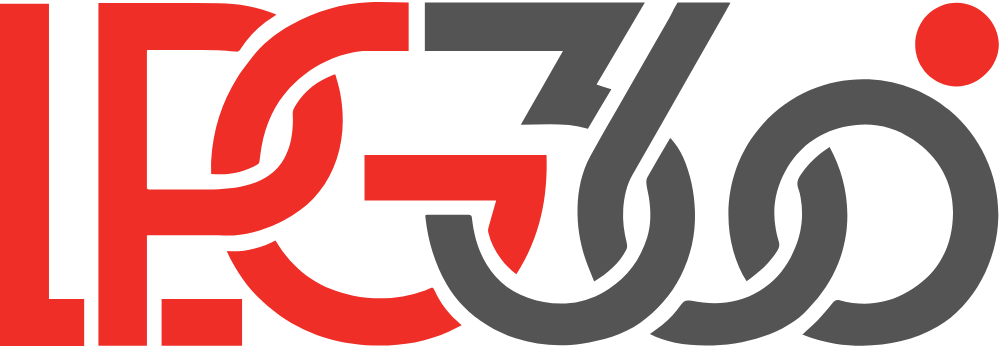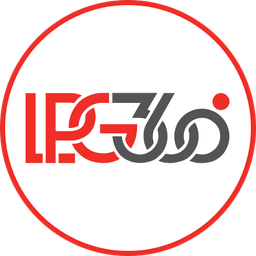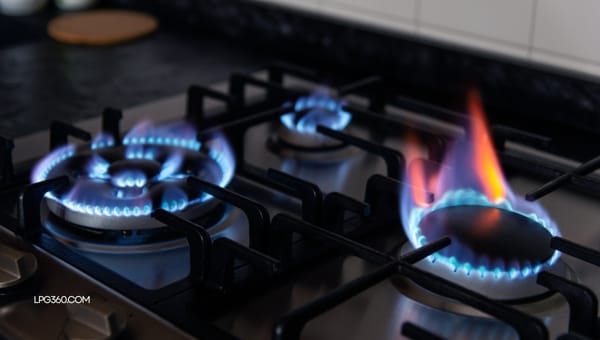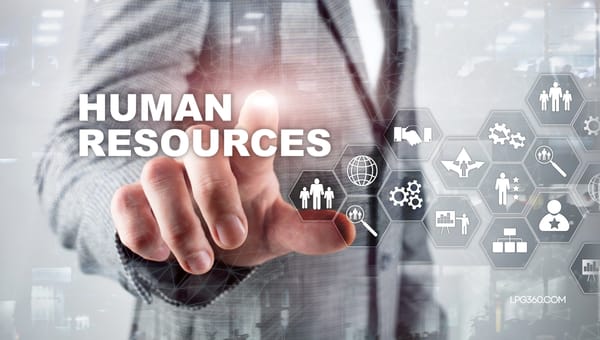A Growing Energy Solution for the Future

Liquefied Petroleum Gas (LPG) has become an essential energy source worldwide due to its efficiency, versatility, and environmental benefits. With rising global energy demands and a shift toward cleaner fuels, LPG is playing a significant role in both domestic and industrial applications. This blog provides insights into LPG’s market trends, technology, safety, and future prospects.
Global LPG Market Trends
The global LPG market has experienced significant growth over the past decade. Demand is increasing, particularly in developing countries where LPG is replacing biomass fuels like wood and coal. Major exporters of LPG, such as the United States, Qatar, and Saudi Arabia, continue to dominate supply, while countries in Asia and Africa are emerging as major consumers.
In 2025, LPG consumption is expected to rise due to government policies promoting cleaner energy, urbanization, and industrial expansion. Many countries offer subsidies and incentives to encourage LPG usage, especially in the household and transportation sectors.
Technological Advancements in the LPG Industry
Innovation in the LPG industry is shaping the way gas is stored, transported, and utilized. Some key advancement includes:
· Smart LPG Cylinders
IoT-enabled LPG cylinders now allow consumers to monitor gas levels via mobile apps, reducing the risk of unexpected shortages.
· LPG-Powered Vehicles
The use of LPG as an alternative vehicle fuel is gaining momentum due to its lower carbon emissions compared to gasoline and diesel. Many governments are supporting LPG-fueled vehicles through tax benefits and policy incentives.
· Advanced Storage and Distribution Systems
Companies are investing in automated refilling stations and satellite monitoring to enhance efficiency and safety.
LPG Safety Considerations
Since LPG is highly flammable, safety is a top priority. Proper handling, storage, and awareness are essential. Key safety measures include:
· Regular Inspection of Cylinders
Ensuring LPG containers are in good condition reduces leakage risks.
· Proper Ventilation
LPG appliances should be used in well-ventilated areas to prevent gas accumulation.
· Emergency Response Training
Households and businesses using LPG should be educated on emergency shutdown procedures in case of leakage.
Strict safety regulations ensure safe LPG use.
LPG’s Role in Developing Countries
LPG is a game-changer in developing nations, particularly in rural areas with limited electricity and natural gas infrastructure. Countries like India, Bangladesh, and Nigeria have launched LPG subsidy programs to make it affordable for low-income households.
Small businesses, such as restaurants, benefit from reliable and cost-effective cooking fuel. Additionally, the transition from wood-based cooking to LPG reduces deforestation and indoor air pollution, improving public health.
Future Outlook of the LPG Industry
As the world shifts to cleaner energy, LPG is positioned as a transitional fuel between traditional fossil fuels and renewable energy. Its lower carbon footprint compared to coal and oil makes it an attractive option in the global energy mix.
With ongoing technological advancements, increasing government support, and growing consumer awareness, LPG is expected to remain a key energy source. However, challenges such as price fluctuations and competition from renewables may impact its long-term growth.
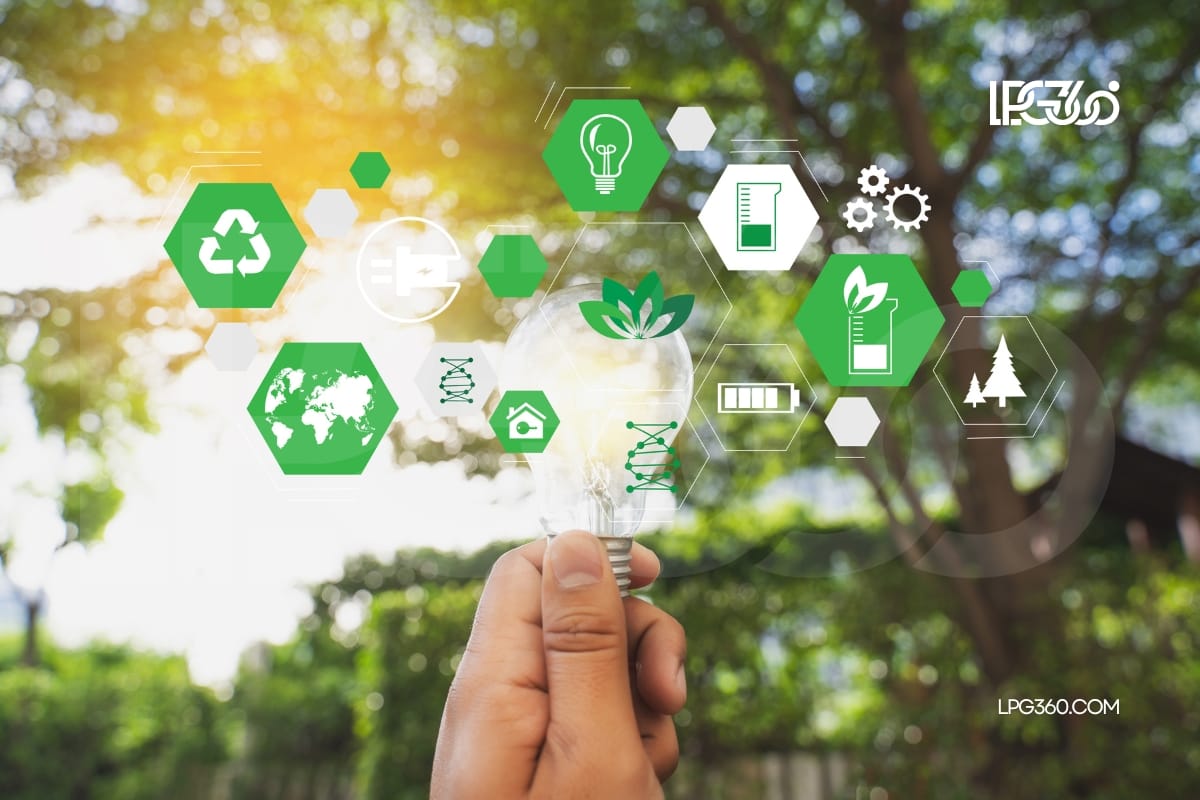
Conclusion:
LPG continues to be a vital energy source, offering economic, environmental, and safety benefits. As technology evolves and demand rises, LPG is set to play an even greater role in the global energy transition. Whether in households, industries, or transportation, its potential remains vast, making it a crucial component of the world’s future energy strategy.
#LPG #LPG360 #lpgInsights #EnergyInsights #CleanEnergy #SustainableFuel #LPGTrends #GlobalEnergy #LPGSafety #EnergyTransition #RenewableFuture #GreenFuel #TechInEnergy #LPGIndustry #GasInnovation #LPGMarket #FutureOfEnergy

